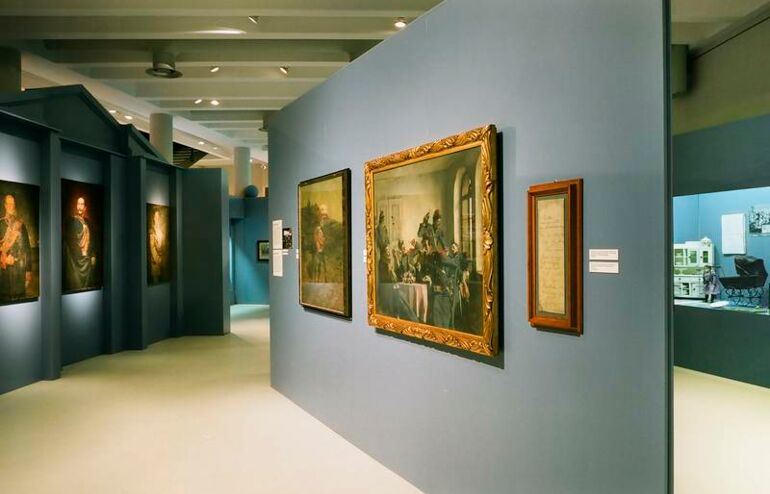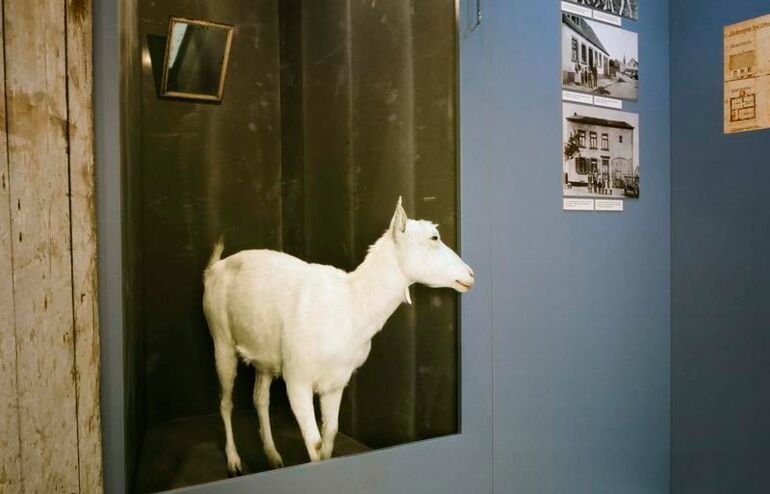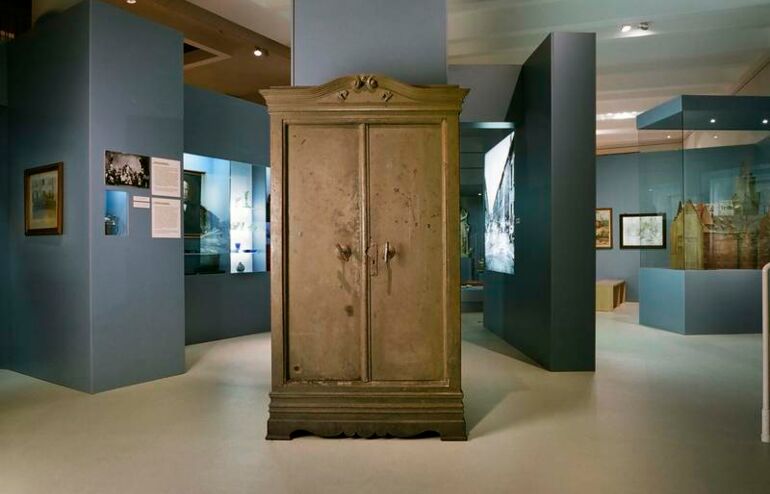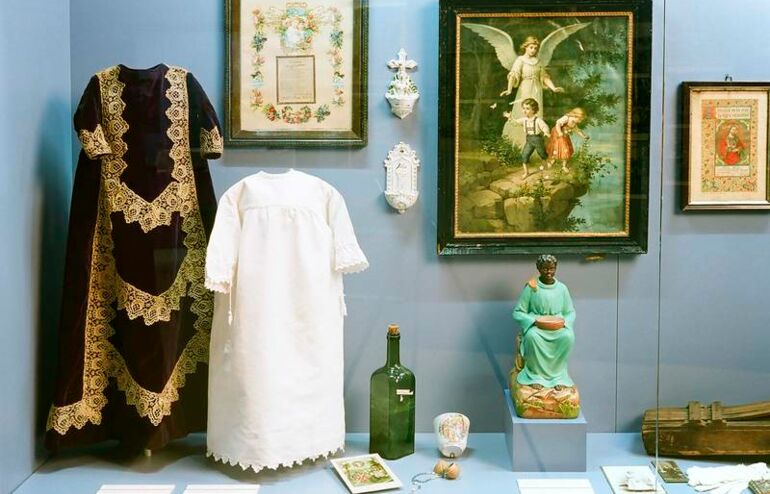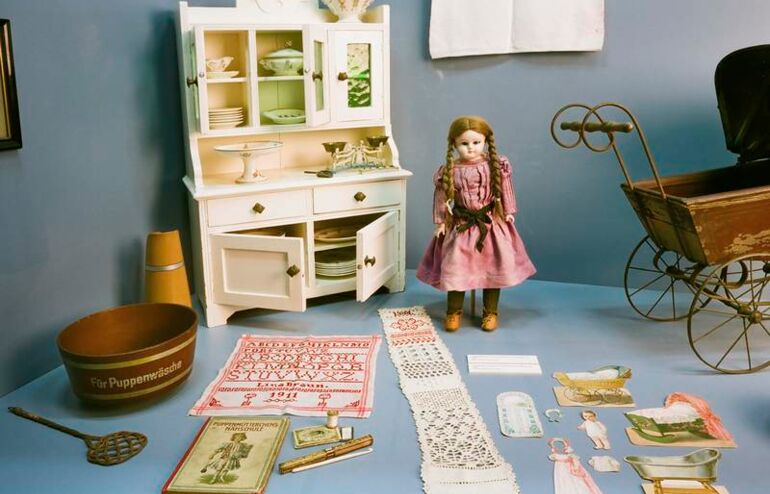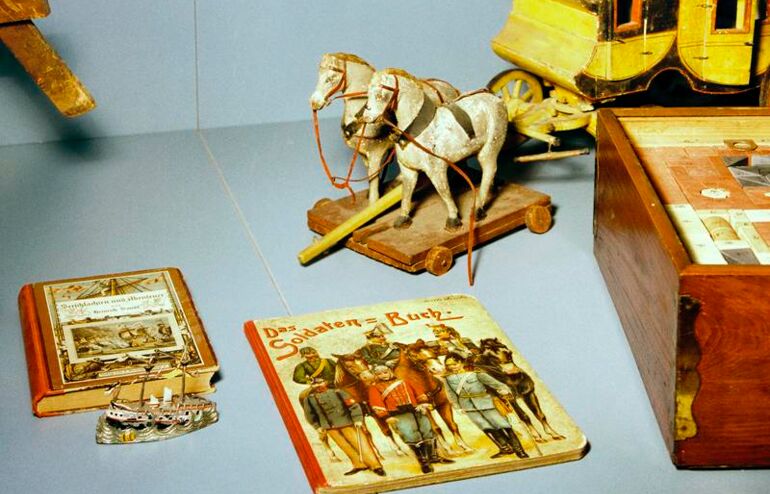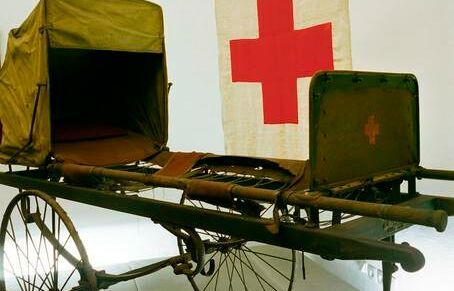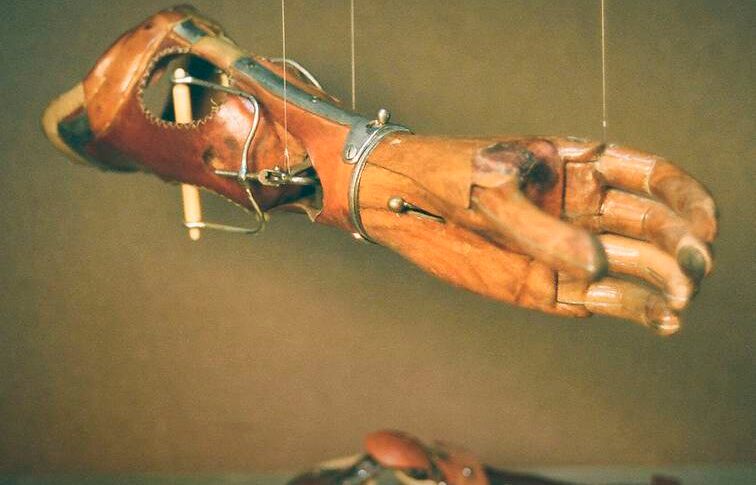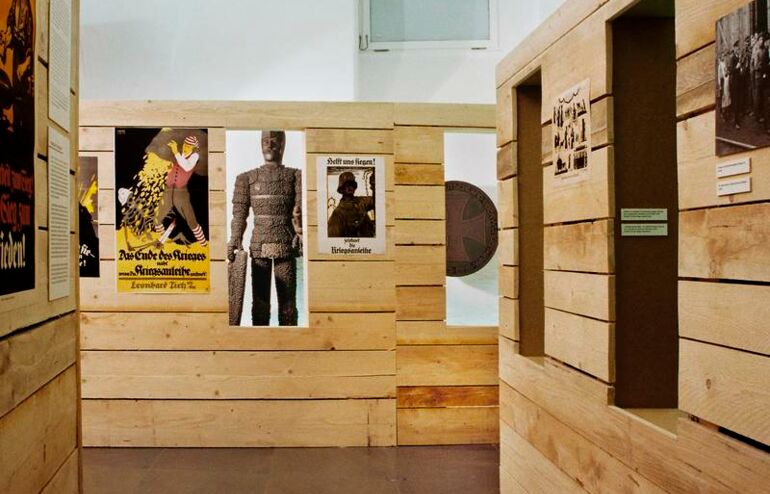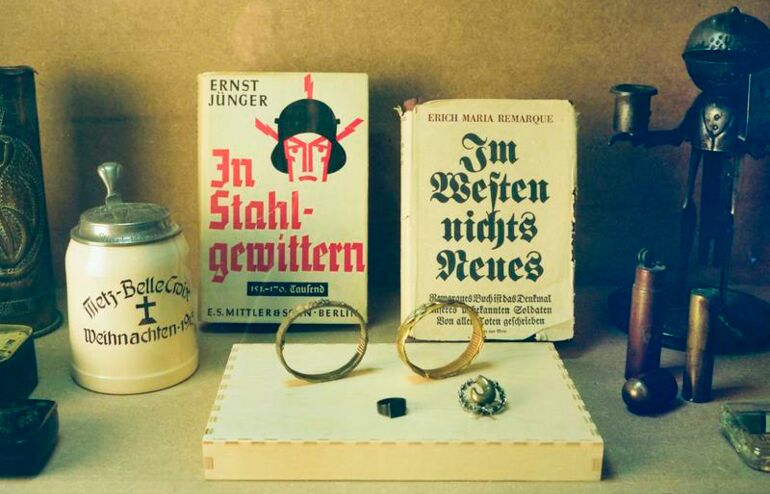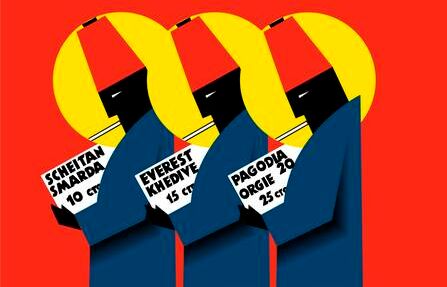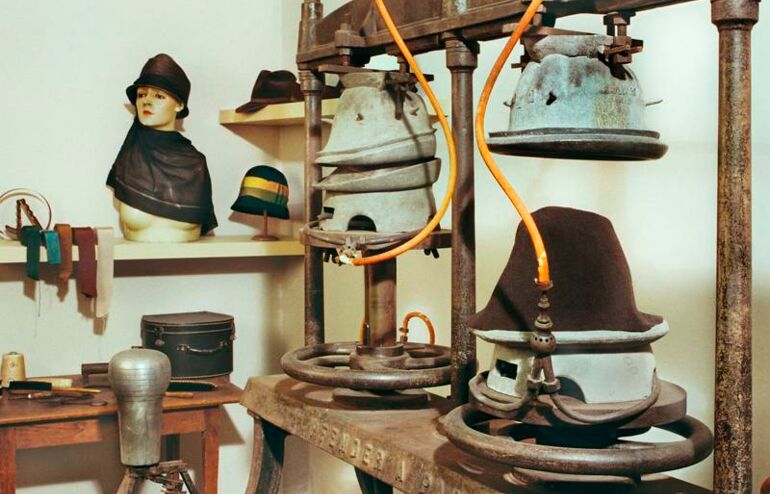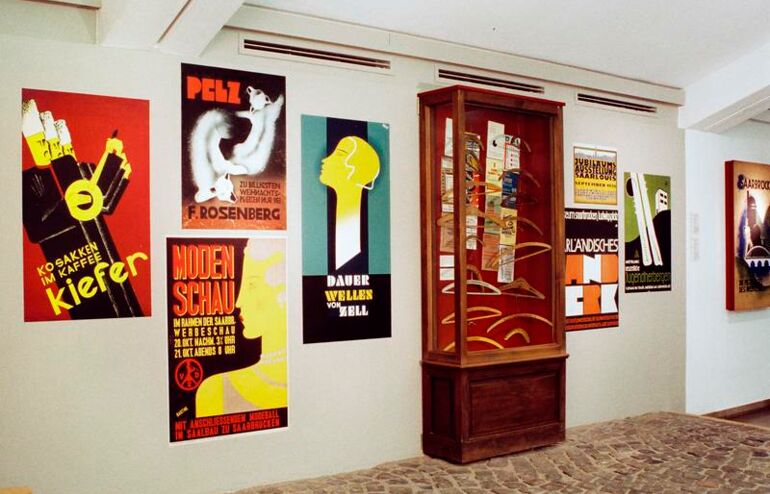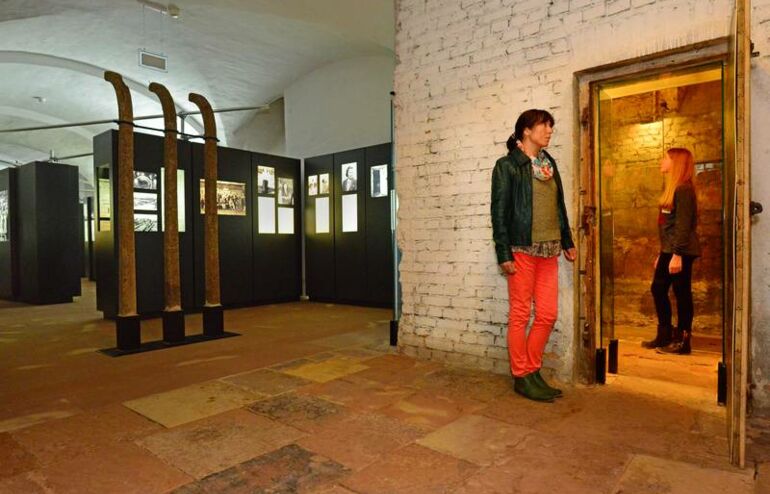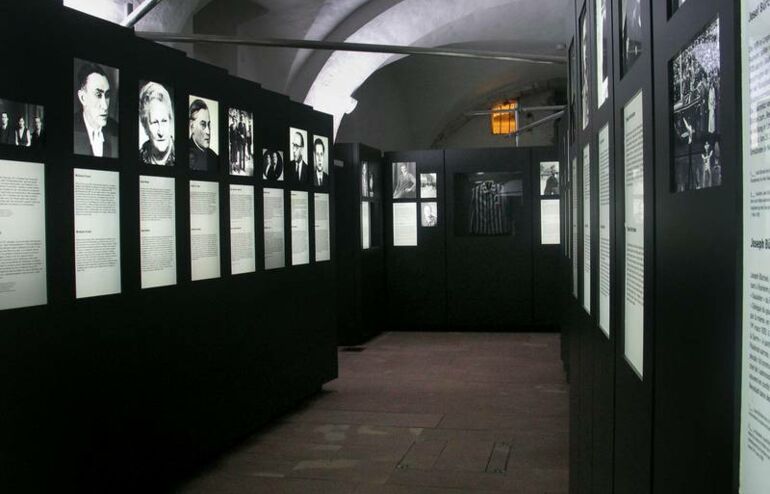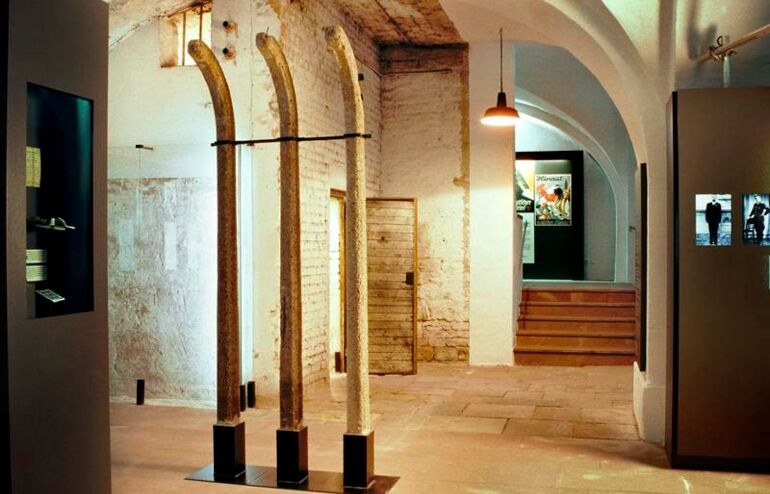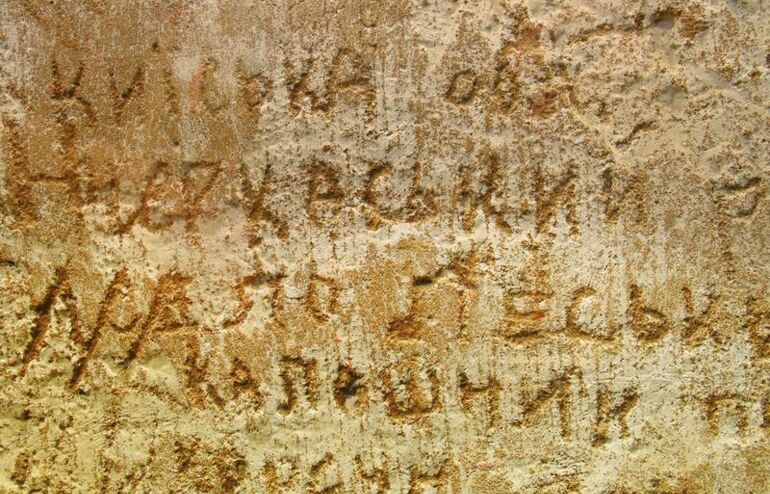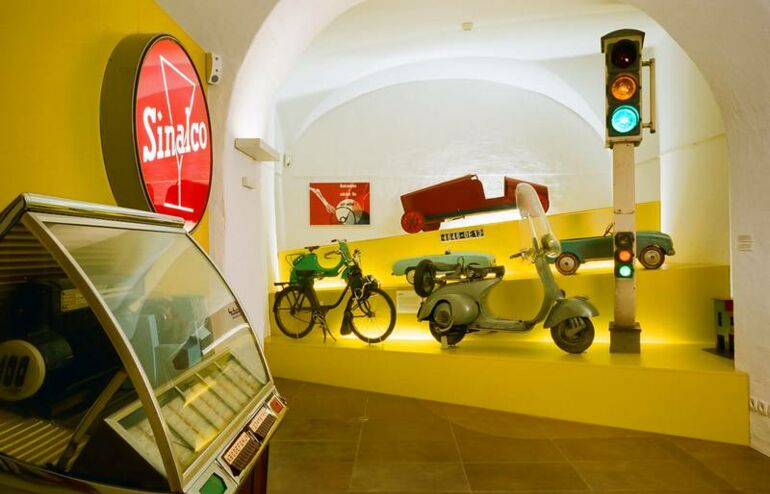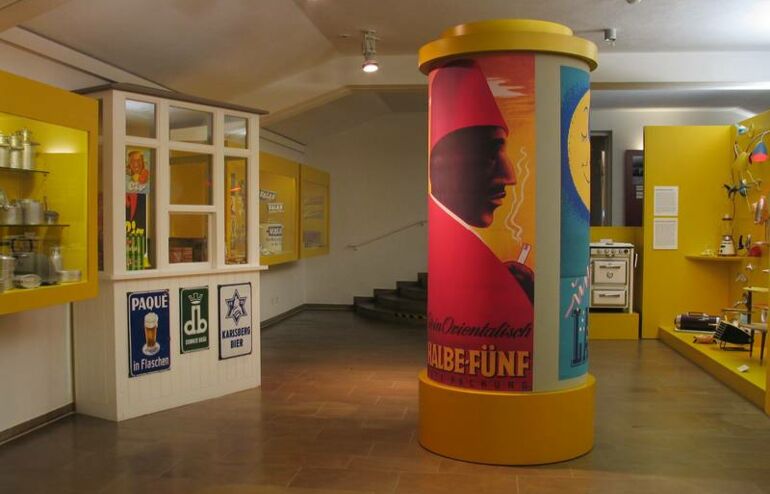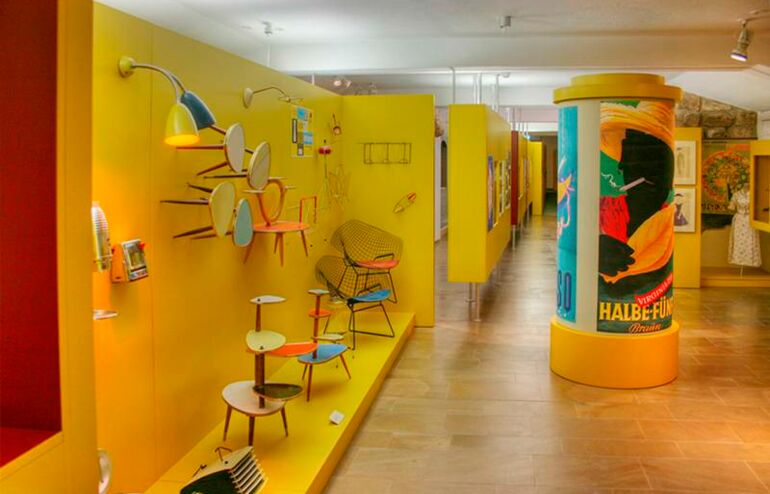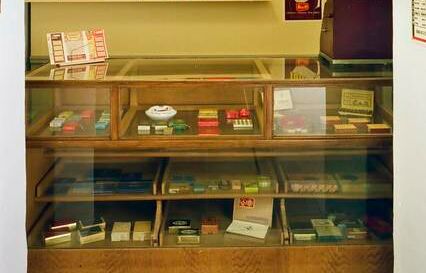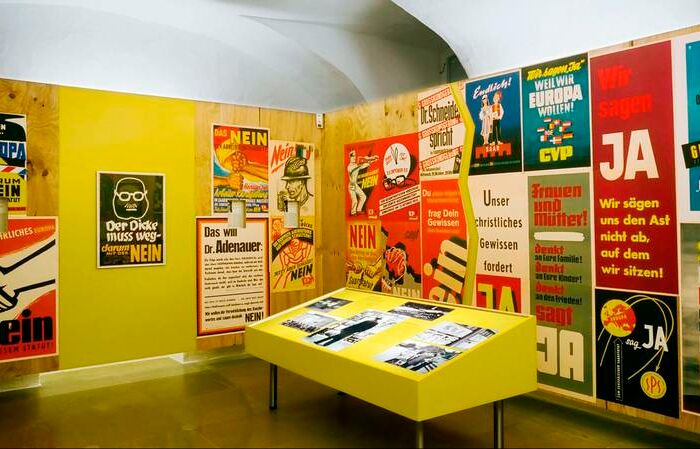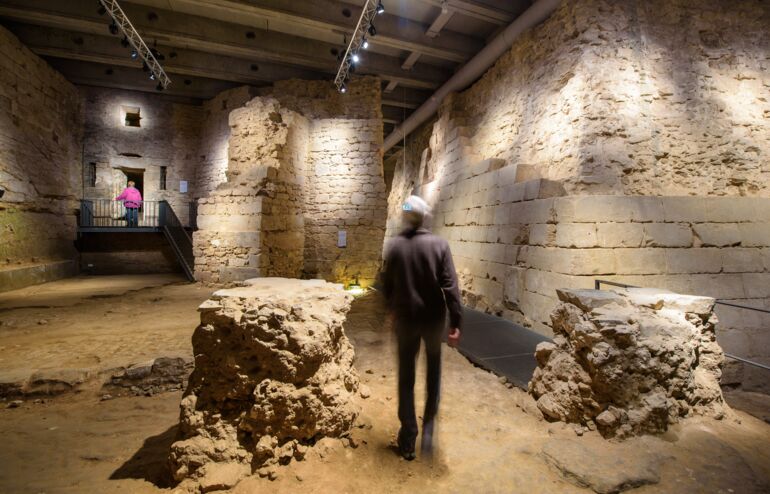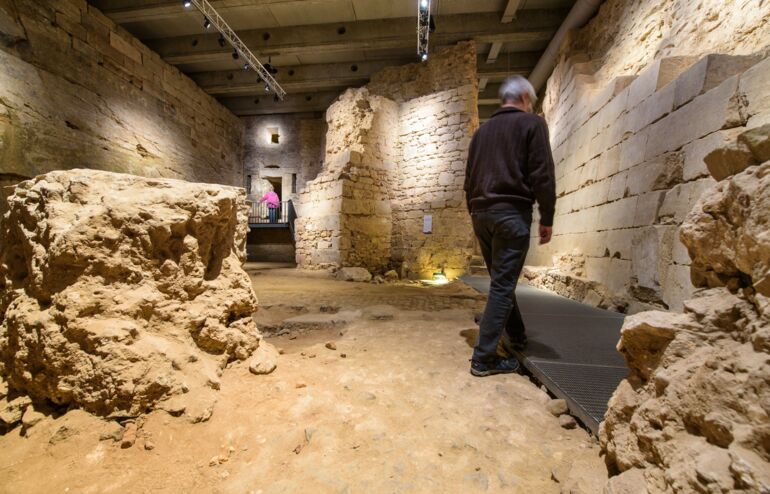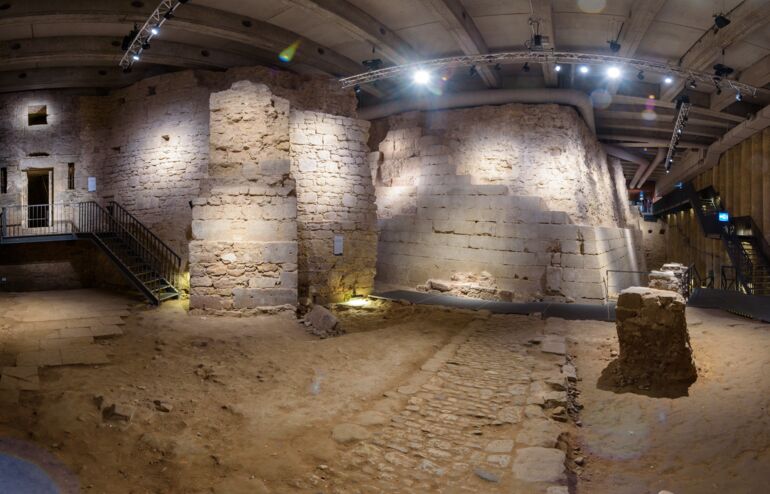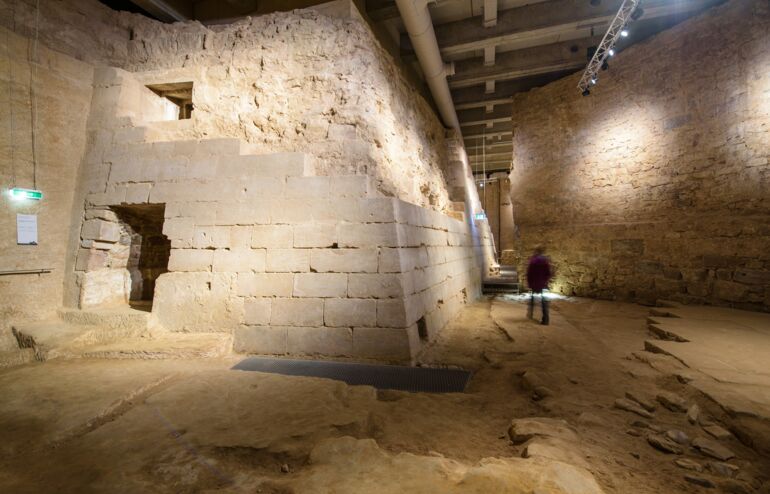The history of Saarland in a European context
Alongside current exhibitions, over an area of more than 1,500 m², the permanent exhibition of the museum reproduces the exciting history of this Franco-German border region right through from 1870 to the present day.
The destiny of the people in the Saar region has been marked by many upheavals: three wars and two referenda have caused the border to be shifted numerous times. These shifts in turn led to a situation in which a Saarländer born in about 1900 would actually come to possess as many as five different passports during the course of his or her life!
The empire, the 1st World War, the 1920s, the 2nd World War and the 1950s are the main topics. Many exhibits help to make these epochs come alive in a convincing way.
As an architectural framework with components dating from a time long before 1870, the underground fortresshas been integrated into the exhibition perfectly – a really special highlight on your visit!
